Mold in your home is a pressing issue that demands immediate action. With our actionable guide, you can navigate the complexities of mold removal efficiently. We provide clear, step-by-step instructions for detecting mold, cleaning infested areas, and preventing future outbreaks. Whether tackling a small spot or a larger mold problem yourself, learn when to do it yourself or call in the experts. Keep your home safe and healthy with our tailored mold removal strategies.
Key Takeaways
- Mold thrives in moist environments and can cause health issues ranging from allergic reactions to neurological symptoms, while also potentially damaging property by breaking down materials it grows on.
- Effective mold remediation requires proper protective gear, cleaning agents, and containment procedures to safely remove and restore mold-affected areas without spreading spores.
- Preventing mold from recurring involves maintaining appropriate humidity levels, enhancing ventilation, repairing water leaks, and encapsulating surfaces, with professional help recommended for areas larger than 10 square feet or complex mold infestations.
Understanding Mold and Its Impact on Your Home

Fungi often conjure images of mushrooms dotting woodland floors, contributing to the decomposition of organic remains. Its benign outdoor sibling has an infamous indoor equivalent – mold. Ubiquitous in any setting with sufficient moisture and oxygen levels, molds typically pose no threat. The real concern begins when they become our uninvited houseguests.
To proliferate, mold requires moist conditions and can attach itself to various household items such as paper products, wooden structures, and textiles like carpets. It reproduces by creating spores that float through the air until they find surfaces where they can endure for extended periods. To significantly reduce the hazard linked to mold growth, management of interior humidity levels effectively makes crawl space of a residence inhospitable for unwelcome fungal tenants.
So what’s at stake? Indoor exposure to moldy surfaces may ignite mild allergic reactions including coughing fits or red eyes. But more gravely it might cause neurological symptoms like headaches or dizziness too severe not taken lightly just due to physical presence visual confirmation damp indoors and moldy surfaces can still trigger attacks related respiratory distress issues asthma sufferers alike.
Dealing structural integrity living spaces consuming materials cultivates could lead to their eventual decay degradation understanding behavior home critical establishing successful strategies elimination eradication known as “mold remediation”
Identifying Common Types of Household Mold
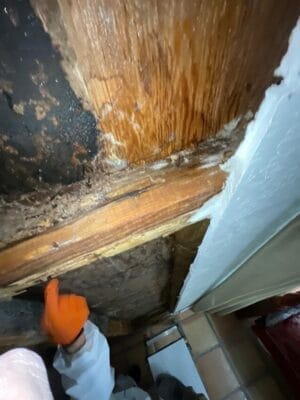
Mold varieties can be distinguished by a spectrum of hues, such as green, white, gray, blue, pink, and yellow. These molds can exhibit textures that are either fluffy or slimy and often emit a musty odor. This is especially true in environments with elevated levels of humidity. For example, black mold like Aureobasidium proliferates swiftly beneath wallpaper and paint where moisture accumulates. Similarly, Ulocladium, another type of black mold, thrives in moist conditions found in showers and bathtubs as well as on surfaces like drywall and carpeting.
In homes afflicted by water damage, chaetomium mold presents initially with a white fuzzy appearance but may become darker over time. It’s commonly encountered under such circumstances. Mucor typically classified among allergenic molds thrives on materials compromised by water damage which carries the risk it might lead to serious fungal infections including zygomycosis.
The Science Behind Mold Growth
How does mold proliferate in our dwellings? The process begins with the distribution of tiny spores that are carried through air currents. These dormant spores spring into action and start to germinate once they settle on a damp spot. A key factor for initiating mold growth is when these spores alight upon surfaces offering adequate moisture along with an organic food source, especially materials containing cellulose such as wood or drywall.
As soon as favorable conditions prevail, it’s possible for mold to establish itself on a surface within three to twelve days and become noticeable to the naked eye around three weeks later. Mold propagation rates can differ markedly based on how much moisture is present and what type of surface it grows on. Understanding the mechanics behind how mold thrives informs effective strategies for its eradication from affected areas.
Essential Mold Removal Equipment and Materials
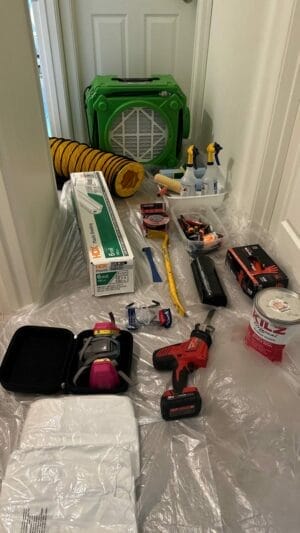
With our understanding of mold’s origin and growth, we must turn our attention to its eradication. This is where the essential services of mold remediation come into play. The primary goal of remediation is to not only remove present mold but also rectify areas damaged by it within your residence. To accomplish this effectively, having the appropriate tools at hand is vital.
For those engaged in the endeavor of removing a moldy area, personal protective equipment plays a crucial role in maintaining safety throughout these efforts. For efficient cleaning and prevention of dissemination, one needs proper cleaning items suited for tackling affected zones. After completion of the mold cleanup and process during remediation comes another important step: handling disposal with care through adequate containment and discarding materials tainted by molds’ presence thoughtfully ensures thoroughness in procedure execution when properly equipped with necessary supplies.
Personal Protective Gear
Protective gear is essential to defend against mold and various risks while carrying out remediation work. Necessary equipment includes gloves, an N-95 respirator for sifting mold spores from the atmosphere, and protection for the eyes. Larger scale operations may require entire body coverings, protective headgear, shoe covers, and a comprehensive full-face breathing apparatus equipped with HEPA filtration.
To maintain ongoing protection, it’s important to have a sufficient supply of disposable masks and gloves on hand. Reusable safety items such as goggles must be robust and should undergo thorough cleaning post-use to inhibit the dispersal of mold spores.
Cleaning Agents and Tools
When removing mold from hard surfaces, such as wood, non-aggressive cleaning agents like borax and detergent are recommended. These simple cleaning solutions are particularly appropriate for addressing non-deep-seated mold issues. On the other hand, hydrogen peroxide is an effective option for eradicating mold in smaller regions because of its antifungal, antibacterial, and antiviral properties.
For a natural solution to tackle and remove mold on diverse materials, vinegar serves as a safe and eco-friendly alternative due to its nontoxic nature. In cases where you need to physically remove mold from rigid areas, a paste made from baking soda combined with water can be used effectively for scrubbing purposes. When it comes to professional-grade treatments during comprehensive mold remediation processes. Chemical agents including biocides and antimicrobials might be utilized
Step-by-Step Guide to Removing Mold
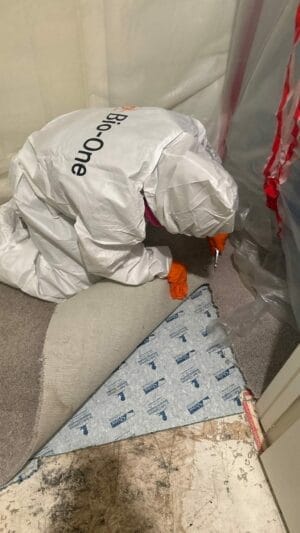
Donned in our protective gear and equipped with cleaning instruments, we are prepared to confront the mold issue. Here’s a detailed procedure for eradicating mold from your domicile. This routine typically encompasses suctioning up debris, excising drywall beyond the apparent damage to the ceiling tiles uncover all traces of mold, and adhering to an orderly method that comprises assessment, elimination of moisture sources, containment, removal of tainted materials, scrubbing down surfaces and desiccating the area thoroughly.
The duration of the mold eradication process can vary between one to five days. In this time frame, it may not be compulsory to leave your residence as systems for containing mold can grow and prevent spore dissemination effectively. If carried out meticulously and if issues causing dampness are rectified throughout whole house, then successful remediation guarantees against a recurrence of mold growth.
Inspection and Assessment
The process of mold remediation begins with an inspection and assessment phase. To properly prepare for this, it is important to shut off the HVAC systems, close all doors and windows, and avoid using devices that affect indoor air quality such as humidifiers or air purifiers before the inspector arrives. Indicators that you might have a mold issue in your home include detectable musty smells, discoloration from water damage, and areas where mold growth is plainly visible.
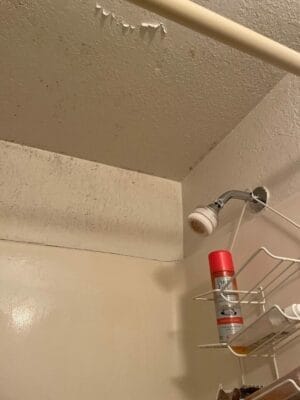
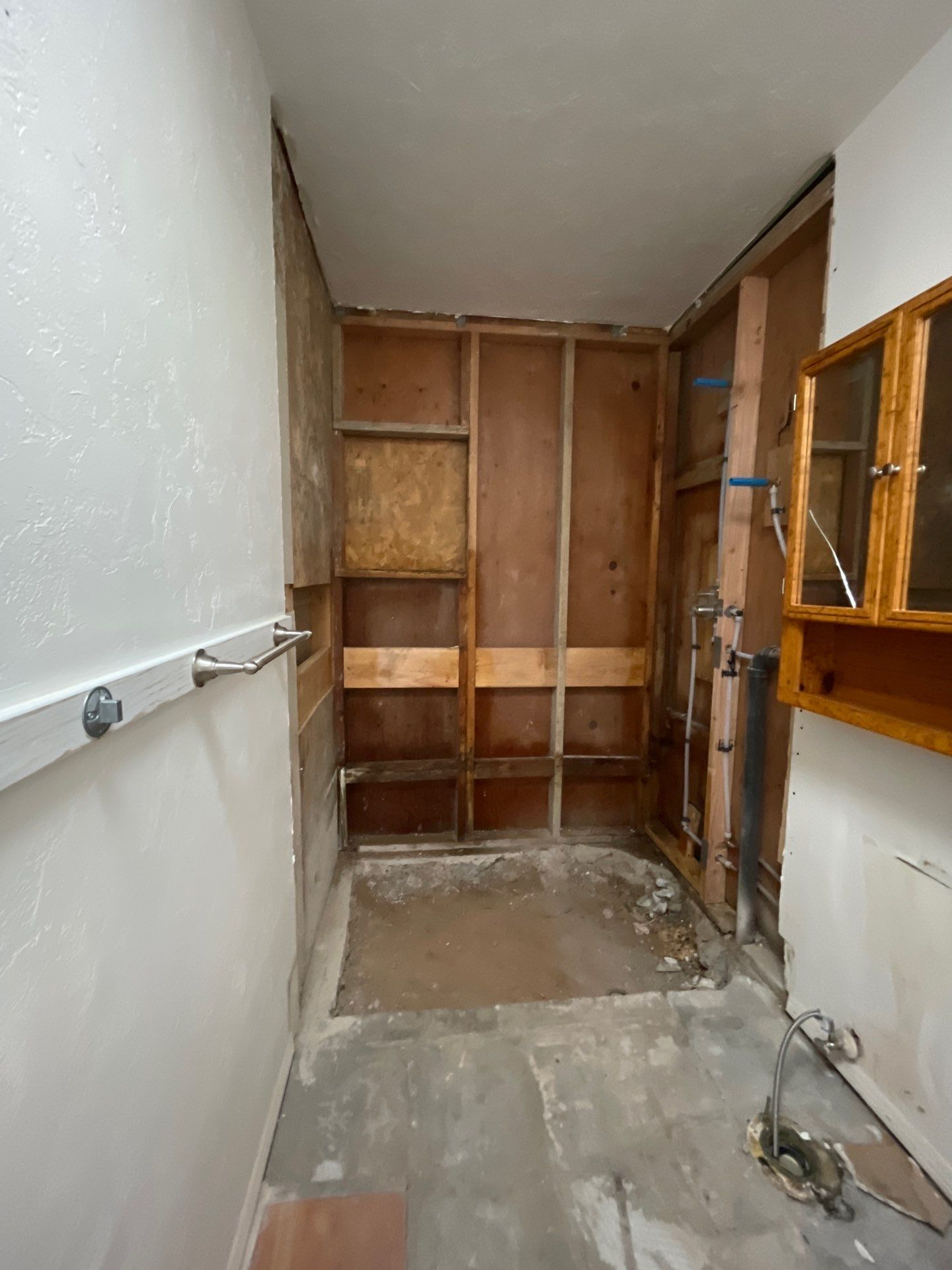


Throughout the course of the inspection itself, considerable focus will be placed on examining surfaces like walls and window frames as well as assessing air ducts for signs of contamination. Diverse tactics are utilized in mold investigations, combining visual examinations, indoor-outdoor spore count comparisons, lab testing of samples, and the use of specialized tools like moisture meters and infrared cameras to detect hidden moisture issues.

Containment and Protection
After recognizing and evaluating mold, the next critical action is to ensure containment and implement safety measures. This phase of remediation is vital as it stops the dispersion of mold spores within the structure. Establishing containment involves creating negative pressure with an exhaust fan while standing water and also sealing off sections using polyethylene sheeting.
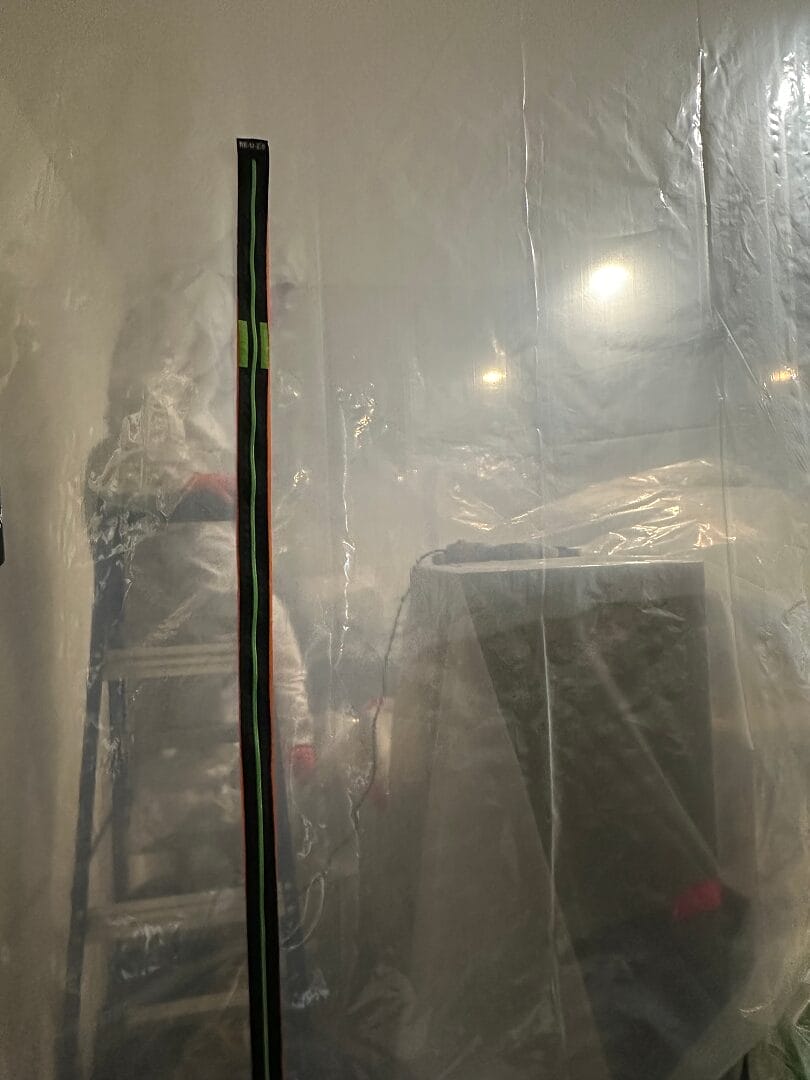
If adequate containment isn’t established, colonies of mold have the potential to proliferate quickly across surfaces commercial buildings that are already in moldy areas, and they can also travel through air currents to other moist locations where they can settle and grow.
Remediation Techniques
Advancing with mold remediation, we tailor cleaning methods to the material affected by mold. Non-porous surfaces like glass, plastic, and metal are cleaned easily with a water and detergent mix. Semi-porous materials, such as wood, might need sanding or wire brushing for thorough mold removal.
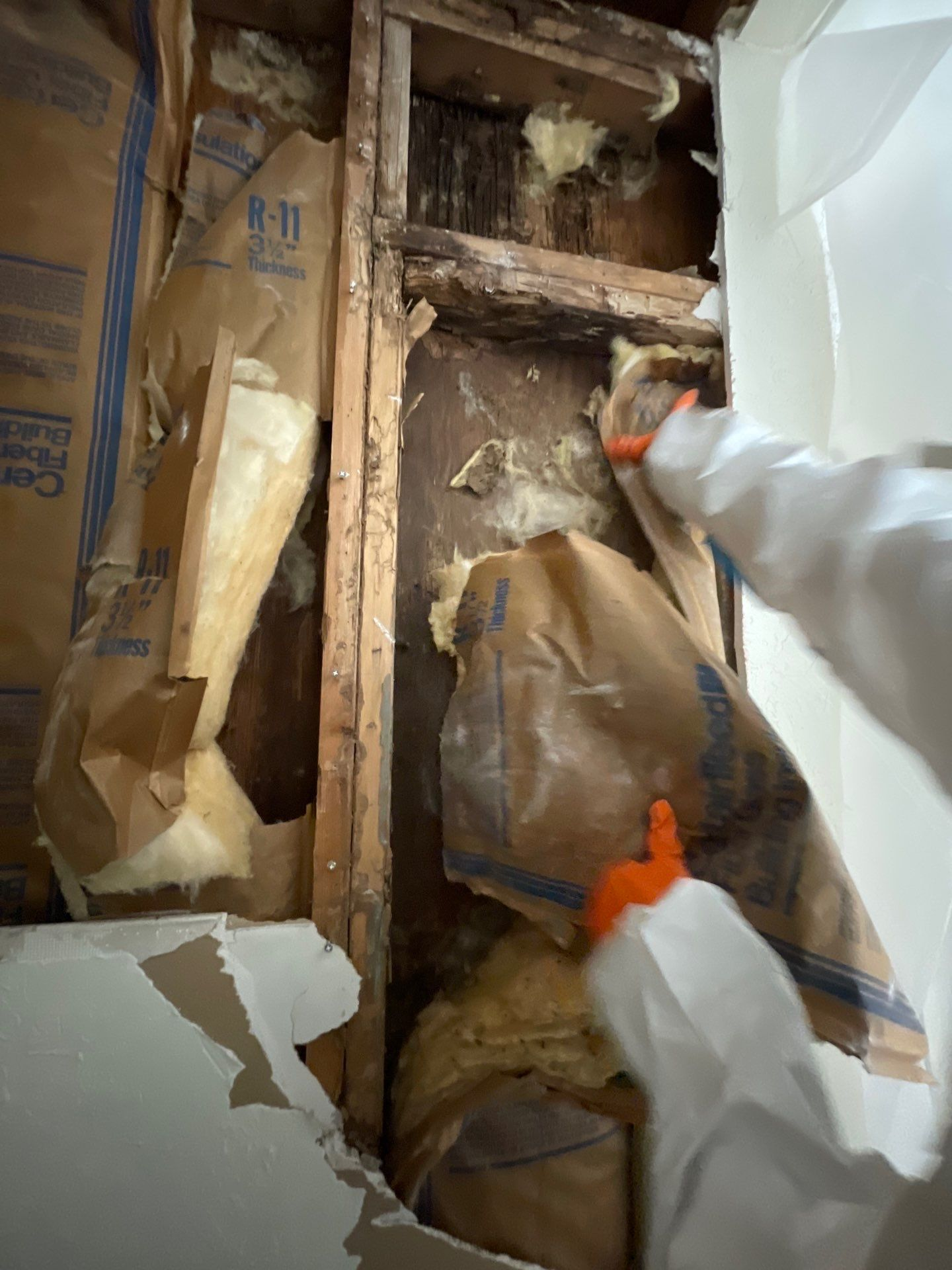
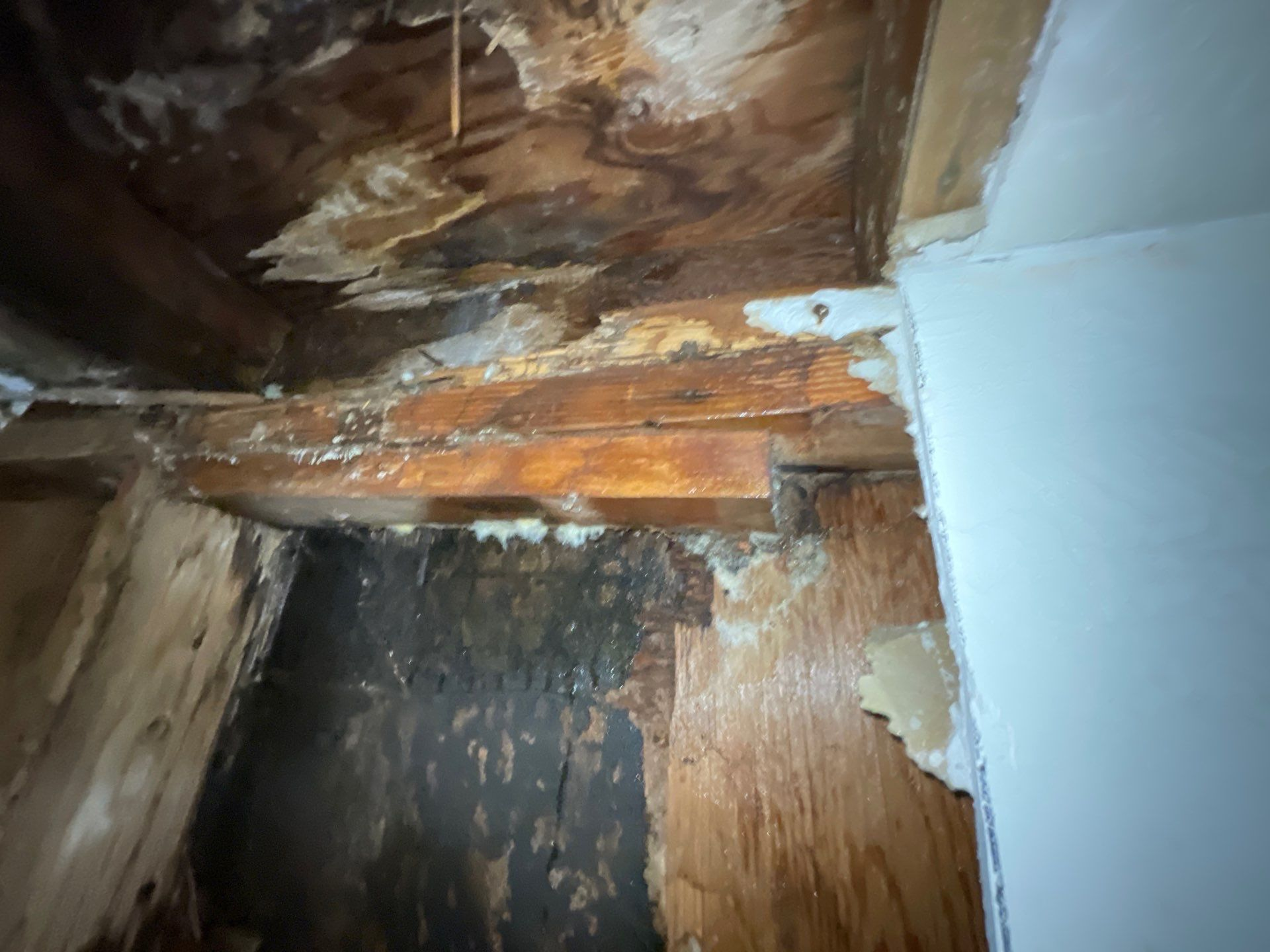
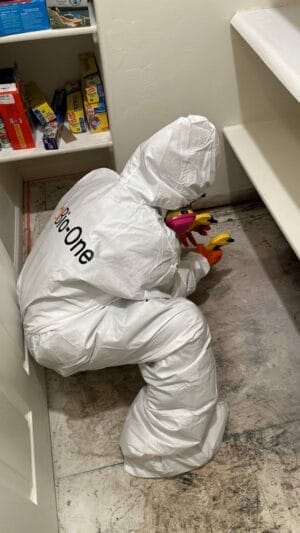
Treating affected areas with suitable chemicals is essential during mold removal. Porous materials like ceiling tiles or carpets, when infested by mold, typically need to be discarded. For extensive mold in these items, specialized antimicrobial treatments are applied. Bleach solutions can effectively treat mold on interior walls, tiles, grout, and concrete, while other materials like leather, fabrics, and appliances require specific cleaning approaches.
Preventing Future Mold Growth in Your Home
After successfully removing mold, prevention is key. Manage moisture to deter regrowth. Post-cleanup, seal and encapsulate exposed surfaces, especially in moisture-prone areas like basements and crawlspaces.
Regularly checking areas where clothes and fabrics are stored can help catch mold early and prevent it. Improving airflow and increasing cleaning frequency in mold-prone areas also assists in keeping mold at bay.
Humidity and Ventilation Solutions
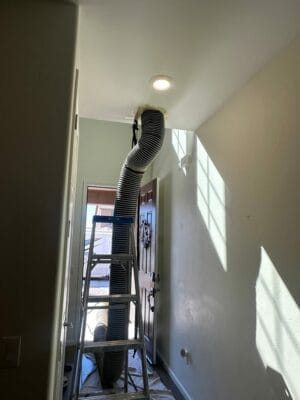
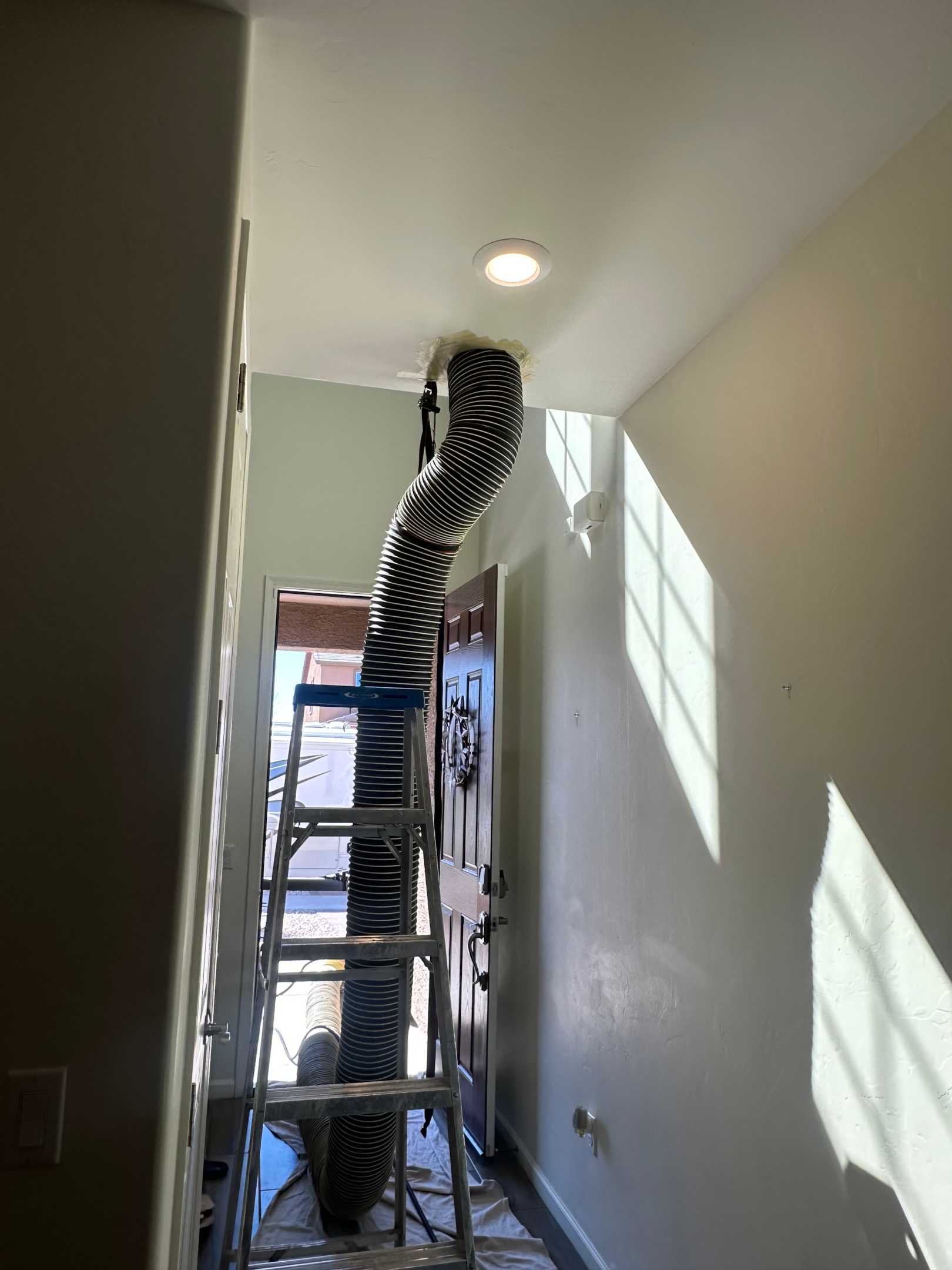
Various techniques exist to control moisture and air circulation within your home. Dehumidifiers work by cooling the atmosphere and extracting surplus humidity, which supports keeping the humidity levels at an optimal range of around 40% to stave off mold development. The employment of air movers and fans promotes better ventilation by reduce humidity and hastening evaporation, especially advantageous after eradicating mold as it ensures complete drying of surfaces.
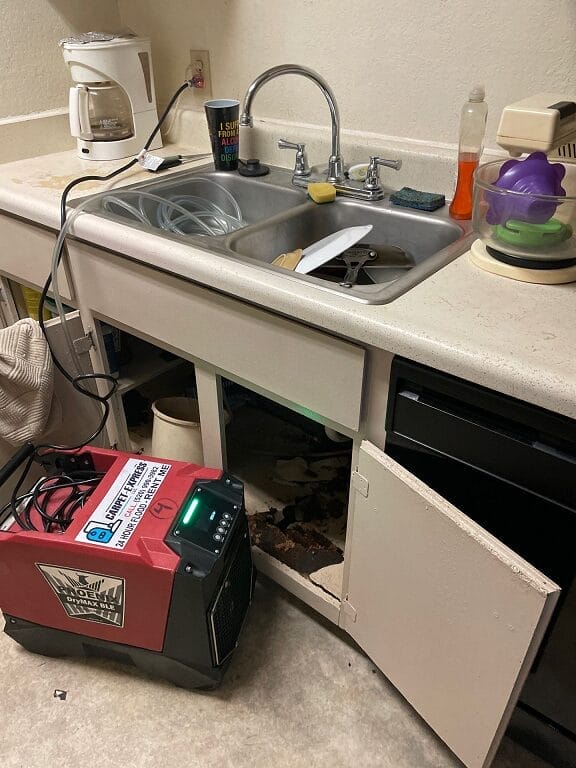
It is crucial to fit exhaust fans in areas like bathrooms and kitchens where they can expel moist air straight outdoors, thereby inhibiting the buildup of humidity that could otherwise lead to the formation of mold.
Addressing Water Damage and Leaks
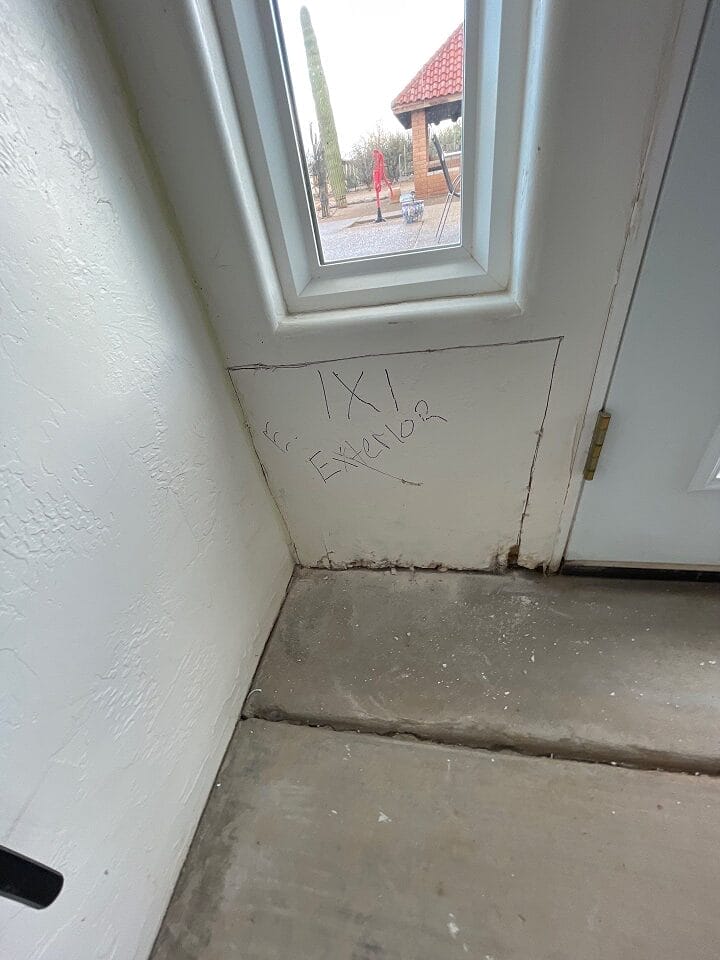
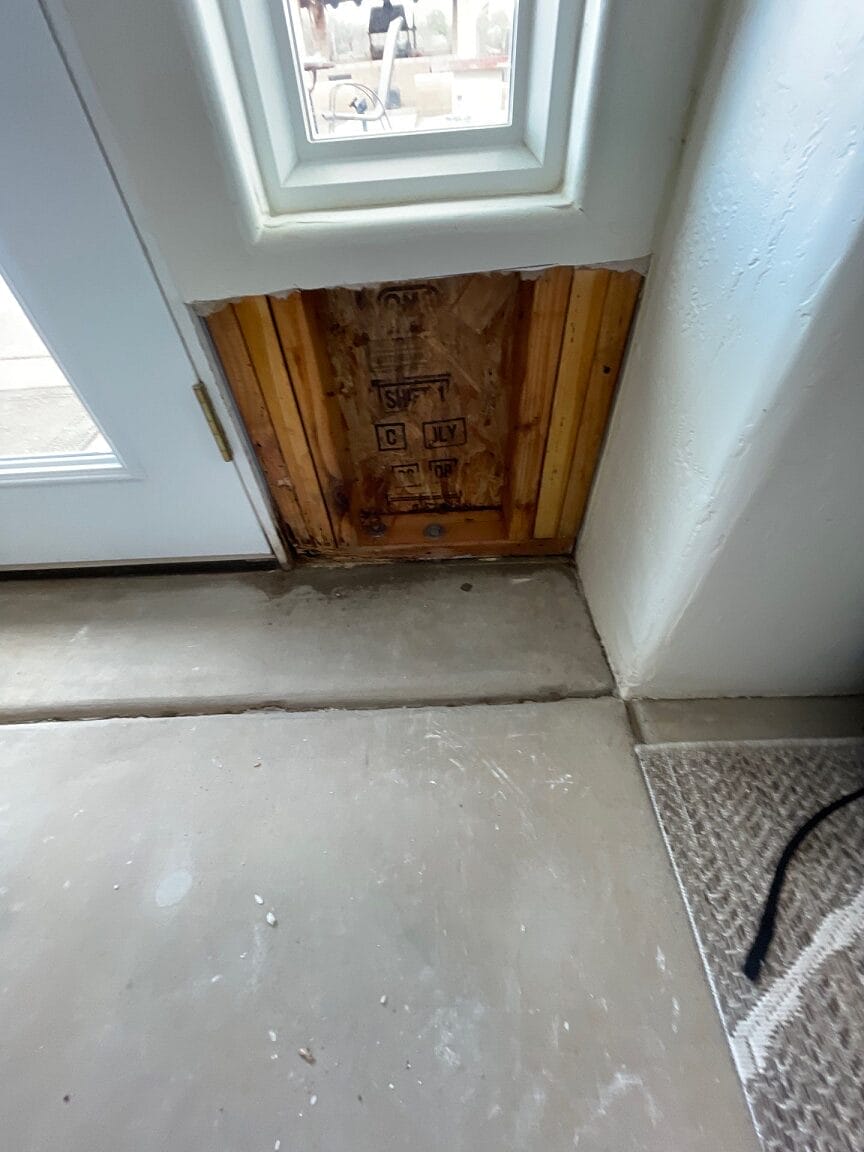
To manage humidity levels and improve airflow, it is essential to tackle water damage and leaks promptly in order to avert the onset of future mold growth. In the event of water damage, swiftly locate and halt the source of water intrusion, discard items that have become soaked, and speed up drying by the air conditioner utilizing fans and dehumidifiers.
Once the initial effects of water damage have been mitigated, it’s imperative to detect and fix any underlying issues with moisture like seepage or leaks. Doing so will help hinder additional spread of mold.
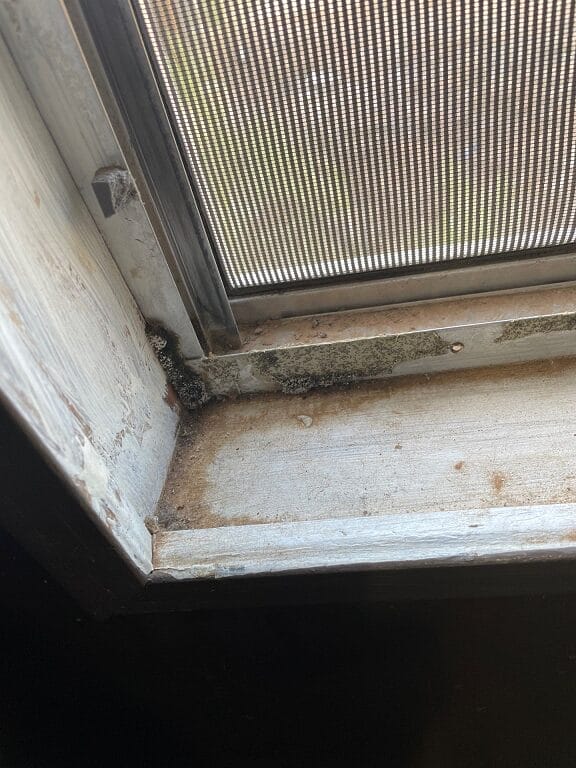
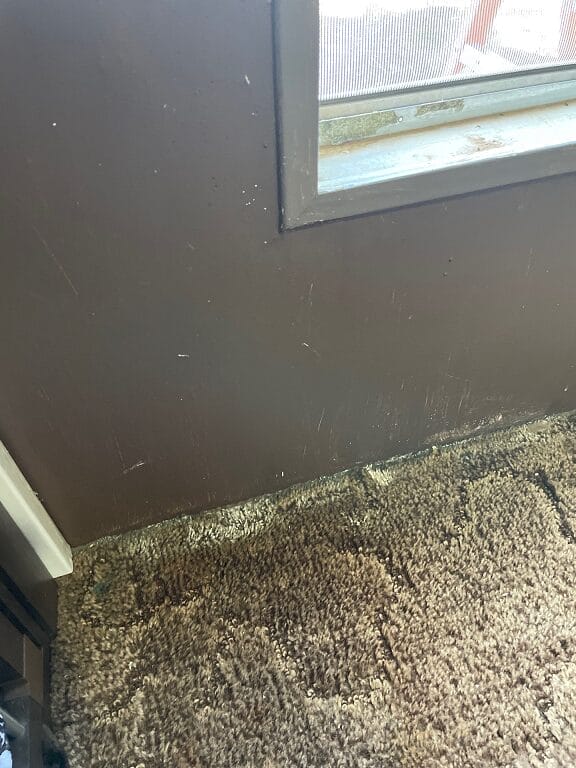
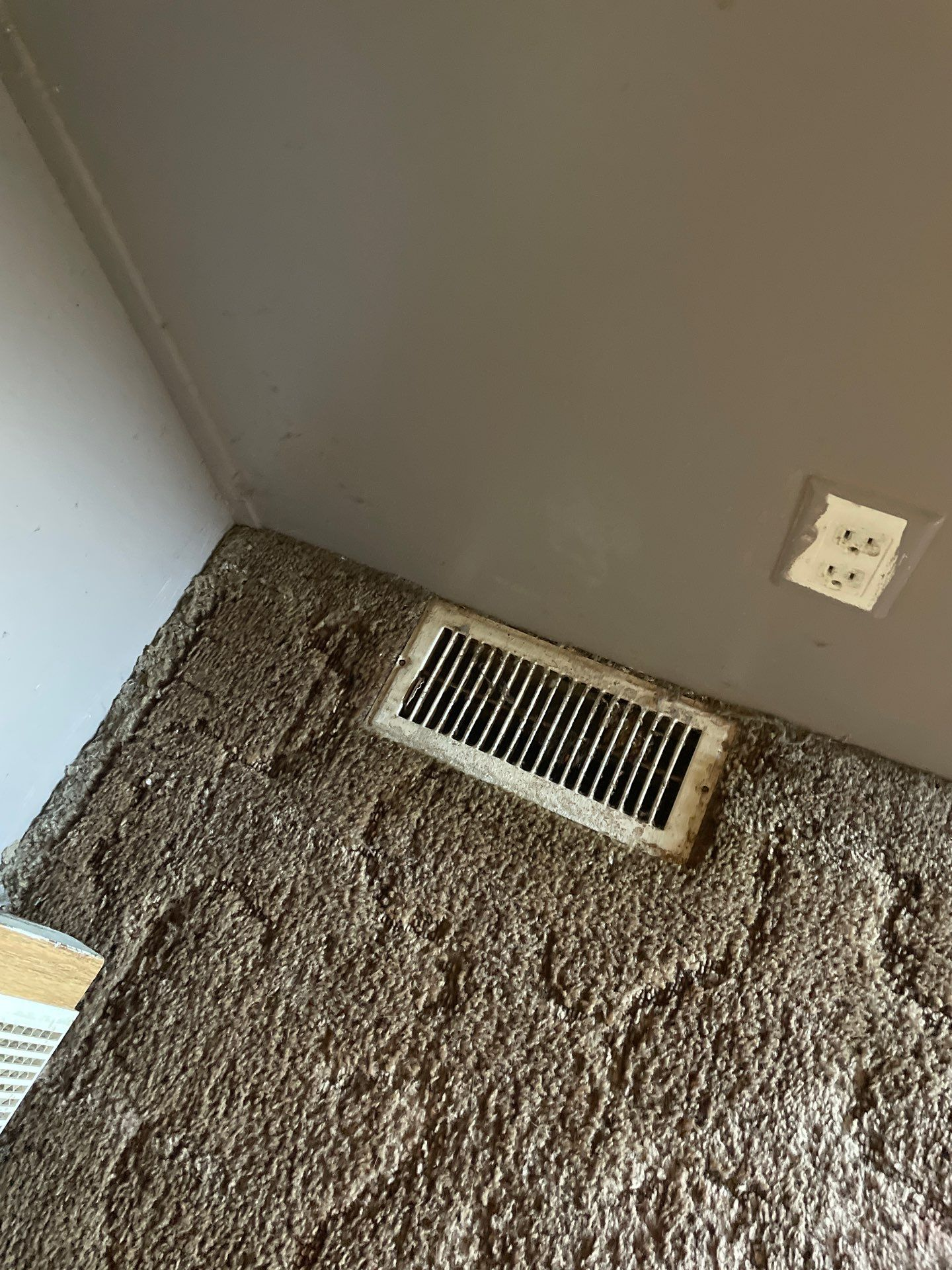
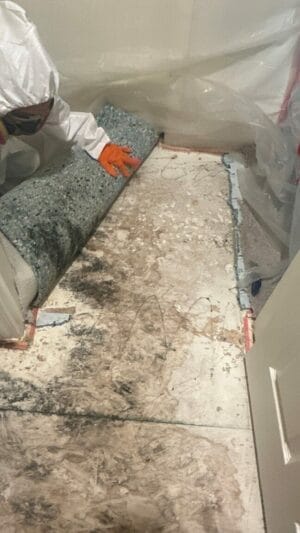
Mold can be in locations that may not be very obvious at all, such as behind walls, under carpets, or above ceiling tiles. These hidden areas provide the perfect breeding ground for mold to flourish undetected, potentially leading to more significant issues over time. It's not just about the visible patches on walls or ceilings; mold can lurk in the most inconspicuous nooks and crannies, waiting for the right conditions to spread. This stealthy nature of mold makes it a formidable opponent in the quest to maintain a clean and healthy home environment.
When to Call a Professional Mold Remediation Company
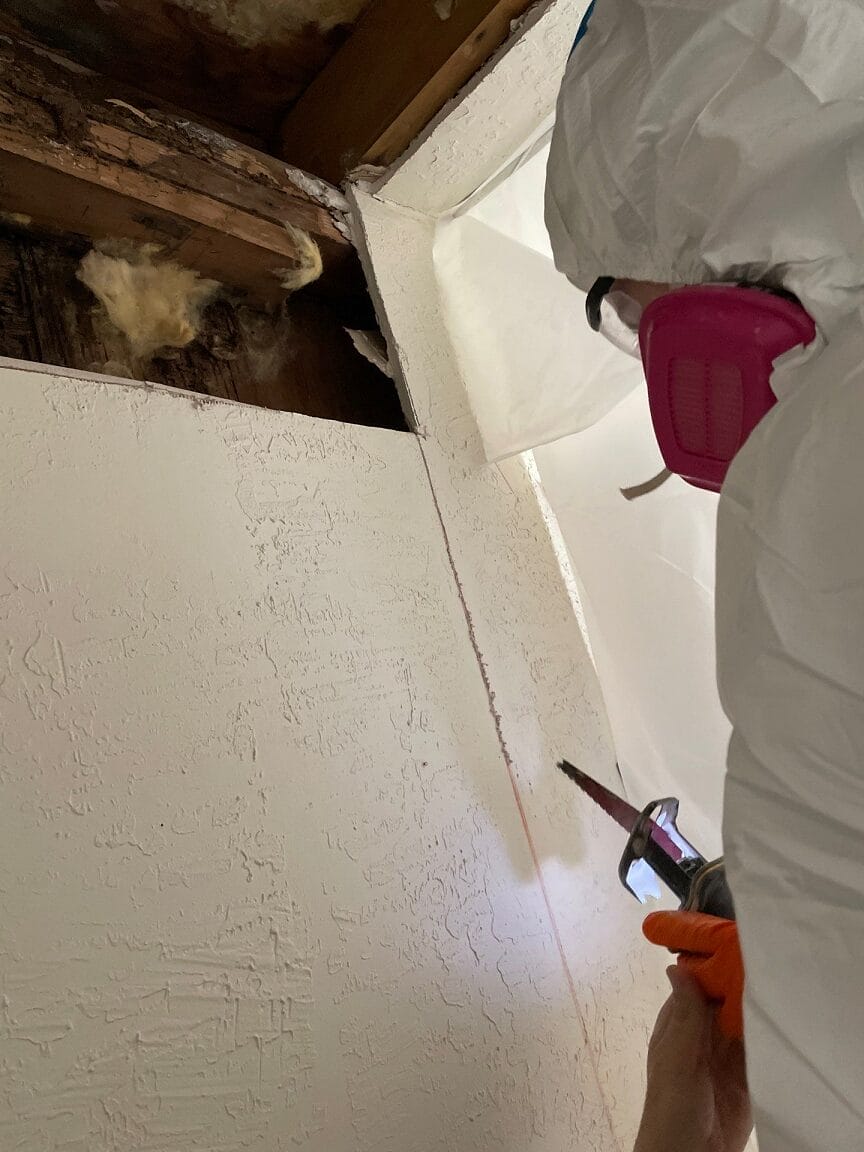
If you’re dealing with mold issues that exceed 10 square feet, or if your property has experienced significant flooding, it’s advisable to enlist professional assistance. Experts in mold remediation can provide a comprehensive and secure resolution by detecting and treating concealed areas of mold growth with the aid of specialized tools and knowledge.
In cases where intricate scenarios arise—such as when HVAC ducts are infested with mold or after extensive water damage—the expertise provided by firms such as Bio One Tucson is critical. These professionals operate in line with EPA standards to do environmental protection agency ensure proper handling of complex mold situations.
Recognizing the Limits of DIY Remediation
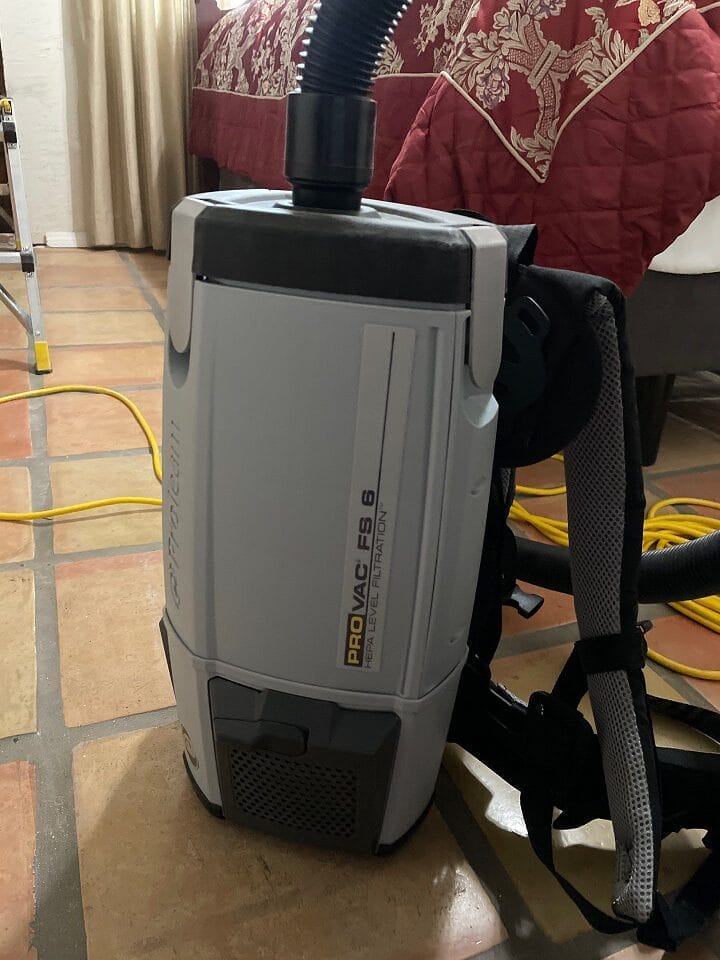
Attempting to handle mold cleanup on your own might appear to save money, but it’s not always the wisest decision. The United States Environmental Protection Agency advises against do-it-yourself mold removal efforts for areas exceeding 10 square feet. When the scope or type of a mold infestation is beyond one’s expertise, or if specialized equipment and knowledge are lacking, seeking professional help becomes crucial.
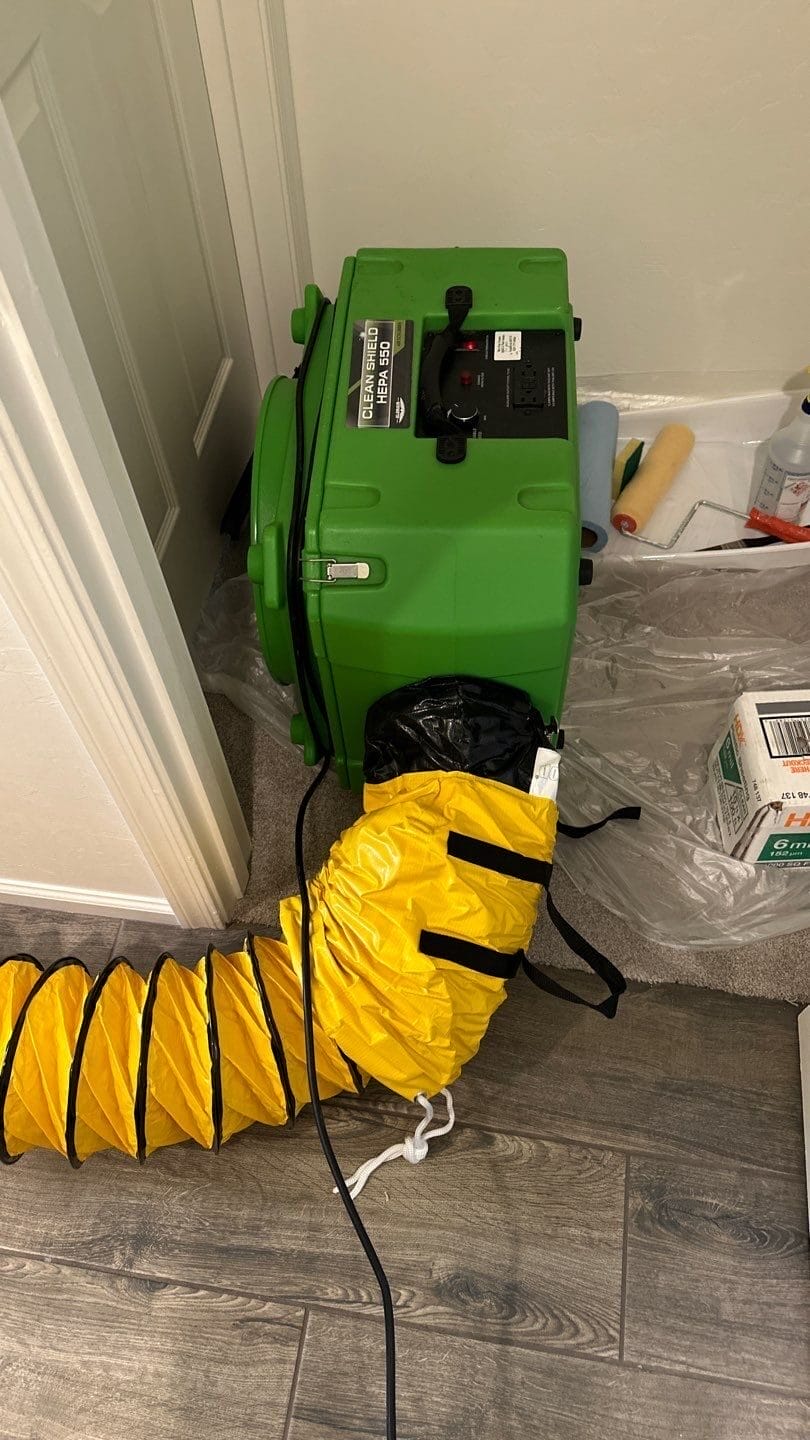

In particular circumstances, like discovering mold in HVAC systems or behind walls, hiring professionals who specialize in mold remediation services is essential to address and eliminate such complex mold problems more thoroughly from the hvac system. These specialists possess the necessary skills for correct treatment and eradication of hidden molds effectively.
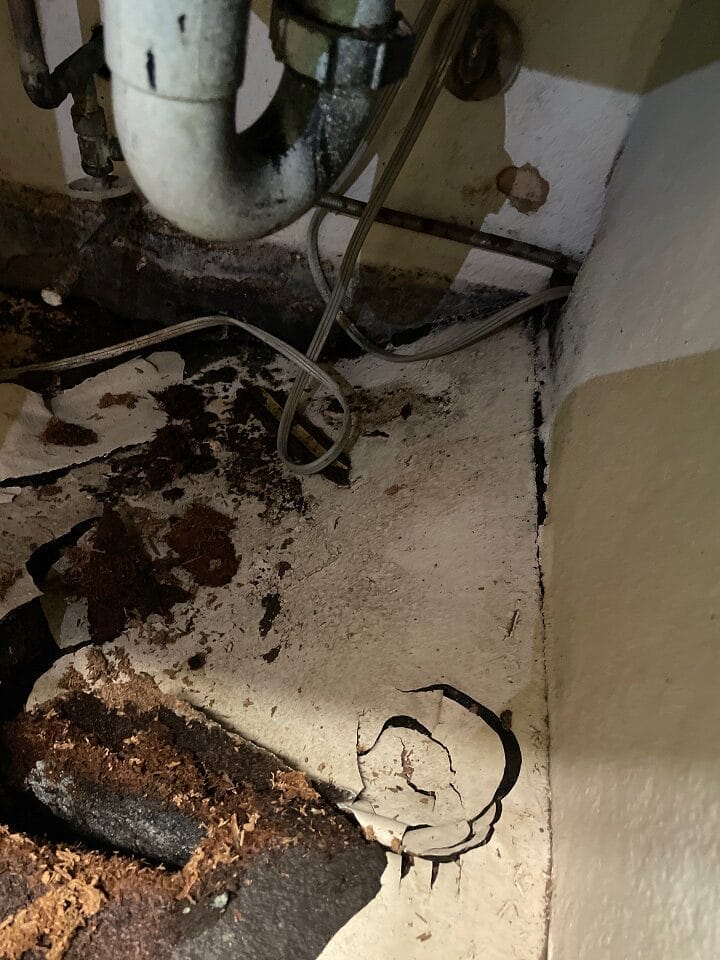
Benefits of Hiring a MICRO Certified Mold Contractor
Choosing a MICRO certified black mold removal contractor like Bio One Tucson for mold remediation is an intelligent decision. Contractors with MICRO certification uphold.
- high ethical standards and conduct their business with integrity
- the safety and health of their clients as paramount importance
- fairness and honesty in all aspects of their work.
Certifications confirm that these contractors possess critical knowledge to effectively address mold-related problems in commercial buildings, ensuring they can provide well-founded, coherent, and practical guidance according to their professional training. Holding MICRO certifications bolsters both the trustworthiness and renown of mold remediation firms while assuring you of outstanding service delivery.
Cost Considerations for Mold Removal
Understanding the financial implications of mold remediation costs is an essential part of tackling a mold issue. The expenses for professional removal services vary widely, but on average they fall between $1500 and $9,000. Depending on how complex and extensive the mold problem is, mold remediation costs can be as low as $500 or surge beyond $30,000.
Estimating Remediation Costs by Area Size
The best thing to do is to call experts in like Bio One Tucson for a free in depth estimate. They will go over the remediation process, remediation cost and answer any questions you may have.
Understanding Labor and Material Expenses
The majority of the total cost for mold remediation is driven by expenses related to both labor and materials. Adherence to established protocols like those set out in the IICRC S520 standards, which outline required procedures and safety measures, significantly influences labor costs within the overall expense of mold remediation.
On average, labor charges for mold removal and remediation services stand at $125 per square foot per hour. These charges are usually incorporated into the cost calculated on a per hundred square foot of footage basis and can fluctuate depending on project scale as well as team size involved in the process.
Bio One Tucson can provide you with a comprehensive mold removal and mold cleanup quote at no charge. In addition to this, our team of experts will offer personalized advice on the best practices for mold prevention in your home. We understand that each home is unique, and therefore, we tailor our services to meet your specific needs. With our no-cost consultation, you will gain valuable insights into the extent of your mold problem and the steps required to resolve it effectively and efficiently.
Navigating Mold Testing and Inspection
Inspection and testing for mold are crucial steps within the mold remediation process. Although determining the specific type of mold in a residence does not always necessitate testing, certain circumstances may require it.
For spaces contaminated with mold that cover 10 square feet or smaller, and assuming you do not suffer from asthma or similar health issues, the EPA suggests that self-removal is possible given appropriate safety measures are followed. Importantly, capturing images or recording video footage of the mold can assist in formulating an efficient plan for remediation while also documenting the scope of the infestation.
Bio One Tucson will provide you with a list of local companies that can provide a comprehensive mold testing service.
The Purpose of Mold Testing
The process of mold testing is essential in all the mold remediation workflow. Its function is to pinpoint the exact strain of mold present within a residence, gauge its toxicity levels, and measure the density of airborne spores. A comprehensive mold inspection entails not only visual examination, but also involves taking air samples and surface swabs to confirm and classify any occurrences of mold.
Following collection, lab analysis—which includes culture examinations and staining procedures—of these samples usually yields results between one to two days. This swift turnaround time facilitates prompt identification regarding how toxic the specific molds are.
Selecting a Qualified Mold Inspector
Ensuring the process of mold remediation is conducted efficiently and effectively requires the expertise of a seasoned mold inspector. In choosing one, it’s vital to:
- Verify their licensing and insurance status
- Confirm they hold credentials from esteemed organizations such as the Institute of Inspection Cleaning and Restoration Certification (IICRC)
- The MICRO certification is another esteemed credential for mold removal professionals.
- Ascertain they have extensive experience, preferably specializing exclusively in full-time mold inspection.
Competent mold inspectors must be adept in building science principles, come prepared with instruments like moisture meters for accurate assessment, and communicate any constraints pertaining to their inspection methodology upfront.
Health Considerations and Allergic Reactions to Mold
Exposure to mold can lead to substantial health issues, triggering allergic responses including sneezing, a runny nose, red eyes, and skin rashes. It can also cause irritation of the eyes, skin, throat, nose and lungs. For those with asthma or other respiratory conditions, exposure clean mold is particularly dangerous as it may provoke severe reactions and even induce asthma attacks.
A variety of molds such as black mold (Stachybotrys), Penicillium, Trichoderma Alternaria Aspergillus along with various toxigenic molds are known to precipitate an array of health complications ranging from heart inflammation, respiratory problems and infections to asthmatic symptoms and allergic outbreaks. Those at increased risk, such as individuals suffering from breathing difficulties, people who have compromised immune systems or children, should steer clear of areas where mold is present.
Legal and Insurance Aspects of Mold Remediation
Understanding the legal and insurance implications of mold remediation is essential. Mold damage may be included in homeowners’ insurance coverage when it results from a sudden or unforeseen event—often specified as a covered peril within your policy—which could include situations like accidental water damage due to burst pipes, unexpected leaks from appliances, or the use of water in extinguishing fires. If an incident occurs suddenly or accidentally and leads to mold growth, there’s potential for coverage under homeowner’s insurance policies.
Dealing with Your Insurance Company
Dealing with your insurance company can be complicated. Should they reject your mold-related claim, here’s what you might do.
- Obtain a second opinion from an authorized contractor.
- Utilize the appeal mechanism offered by the insurance firm itself.
- Reach out to the state insurance commissioner for help or to lodge a grievance.
Homeowners whose claims regarding mold have been turned down also have the option of hiring a private adjuster or attorney. It is important to recognize that this could incur extra costs.
Understanding Liability and Regulations
Understanding the responsibility and rules connected to mold remediation is of paramount importance. When homeowners neglect essential upkeep or fail to execute repairs that could halt or prevent mold growth and proliferation, they are responsible for any ensuing mold damage. To have a successful claim with insurers for mold damage, it’s crucial for homeowners to meticulously record all instances of damage and strictly adhere to the guidance provided by their insurance companies.
Hiring contractors who are MICRO certified in mold remediation is advised due to their observance of state laws and commitment to maintaining industry norms.
Summary
Addressing a mold problem encompasses much more than just the elimination of visible mold—it’s an extensive procedure that demands insight into mold’s characteristics, its effects on our dwellings and well-being. The process includes the application of appropriate equipment, compliance with safety standards, and implementation of effective remediation strategies while maintaining ongoing caution to prevent future occurrences.
Fundamentally, the purpose of mold remediation is to protect both our health and our living spaces. Regardless of whether you find mold are dealing with a small-scale issue by yourself or seeking assistance from a MICRO certified expert for significant mold infestations, acquiring knowledge about the intricacies involved in remediating mold is essential in moving towards having an abode without this unwanted guest.
While this may all seem very daunting, Bio One Tucson is available to help you through this process. We understand that confronting a mold issue can be an overwhelming task, filled with concerns about health risks, property damage, and the intricacies of proper remediation. That's why our team of experts is ready to provide you with the support, guidance, and professional services necessary to navigate the complexities of mold removal and ensure a healthier living environment for you and your family.
Frequently Asked Questions
Can I remove a mold myself?
It’s generally possible to remove mold yourself using a mildew remover or bleach, but if it’s widespread, like on basement cement walls, it may be out of your control.
Bleach may not be effective.
What permanently kills mold?
To permanently kill mold, you can use hydrogen peroxide or a bleach solution on the affected area, surfaces and items.
Both methods effectively eliminate mold.
Can mold be completely removed?
Completely eradicating mold is an unattainable goal because mold spores exist everywhere in the environment, both indoors and outdoors. Regulating its proliferation is critical to reduce potential health hazards.
What is the purpose of the Code of Ethics for Micro Mold certified professionals?
Certified professionals specializing in Micro Mold are required to uphold a Code of Ethics designed to mandate the professional, honest, and impartial execution of their responsibilities towards clients and society at large.
What is the primary goal of every inspection and remediation project for certified mold professionals?
For certified mold professionals, the most important objective in every inspection and remediation effort is to place their clients’ health and safety at the forefront.


